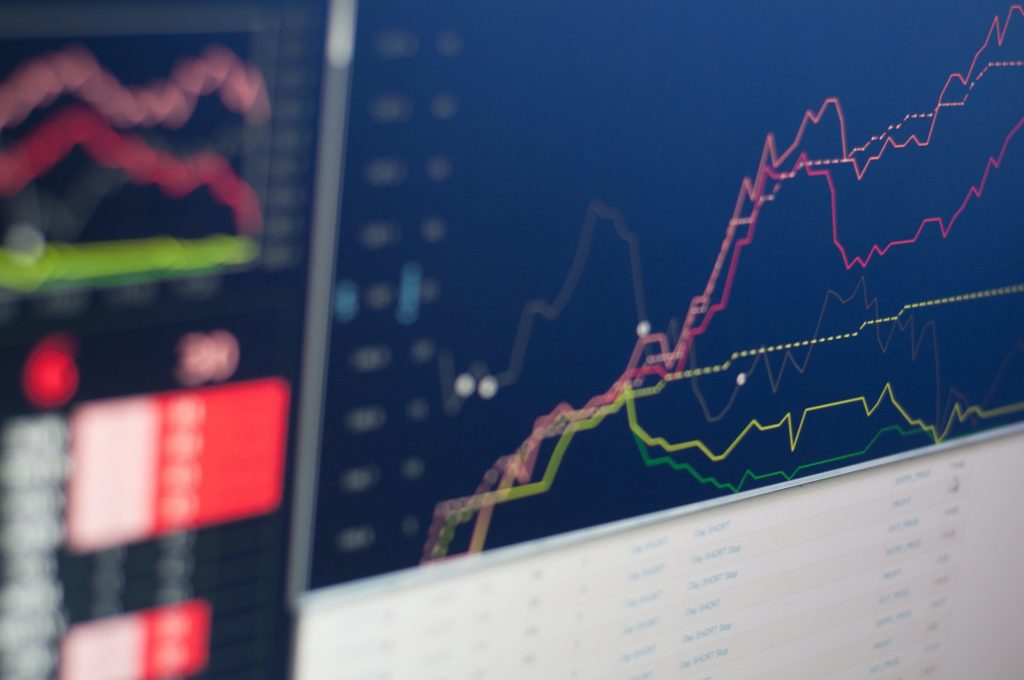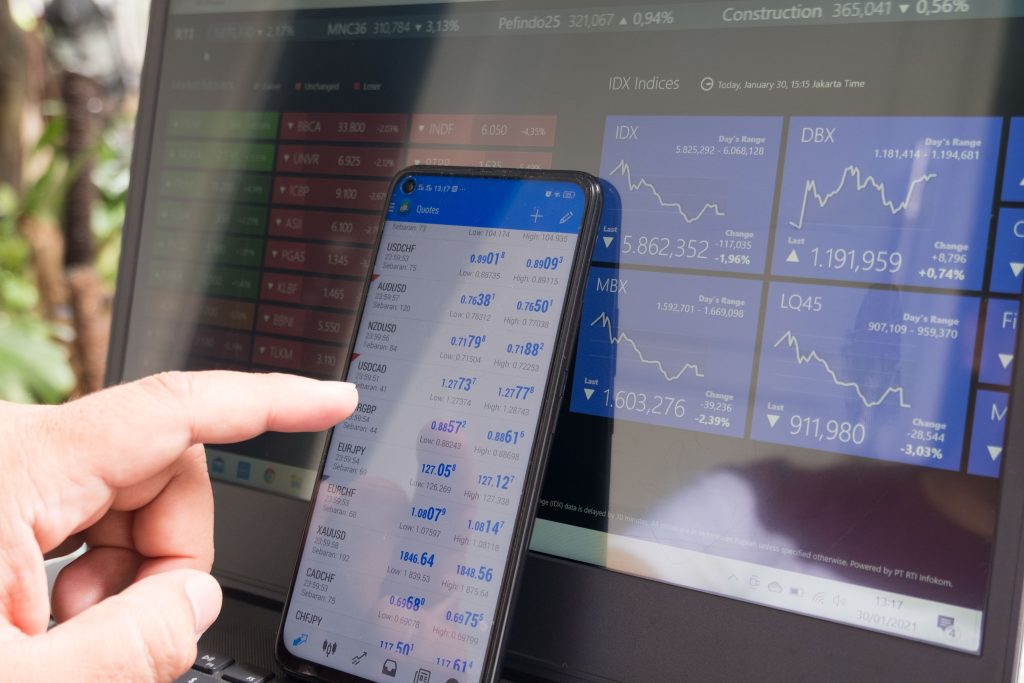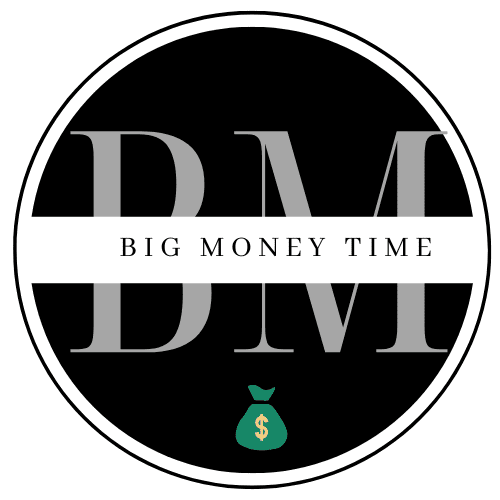Why Stock Market Trading Might Be Halted: Key Reasons
After the stock market crash of 1987, dubbed the “Black Monday,” which saw the Dow Jones plummet by a staggering 22.6 percent, measures were introduced in order to prevent similar sell-offs from reoccurring in the future.
The measures known as “circuit breakers” are designed to temporarily pause trading. They provide a cooling-off period for investors to reevaluate decisions during extreme market volatility.

The NYSE and Nasdaq have the circuit breaker in place to manage market volatility. The circuit breakers act as a safety mechanism. They are triggered based on the percentage decline in the S&P 500 stock index from its prior day’s closing price.
The circuit breakers for U.S. stock markets have three stages with consequences that correspond to each. If the S&P 500 falls by 7%, the “Level 1” circuit breaker activates and results in an automatic 15-minute trading halt.
In the second stage, the “Level 2” circuit breaker kicks in after a 13% drop. This leads to another 15-minute halt. A 20% decline activates the final stage, “Level 3,” and trading halts for the rest of the trading day.
The circuit breaker mechanism serves as an important safeguard to maintain the stability and fairness of the financial system. It allows market participants to take a step back and reassess their strategies before resuming trading.

Several Asian countries have circuit breakers to pause stock trading if prices experience rapid drops. Examples are the Chinese CSI 300 index and South Korea’s Kospi and Kosdaq indices. India has a three-tiered system that halts at different thresholds. In contrast, Japan lacks a market-wide circuit breaker but halts futures and options contracts if they reach upper or lower limits.
Europe has Euronext, which operates in six European countries. It implements a three-minute trading pause on individual stocks experiencing rapid price changes, while unique market characteristics and risk tolerance levels in each country reflect in their approaches to managing sudden stock price changes.
